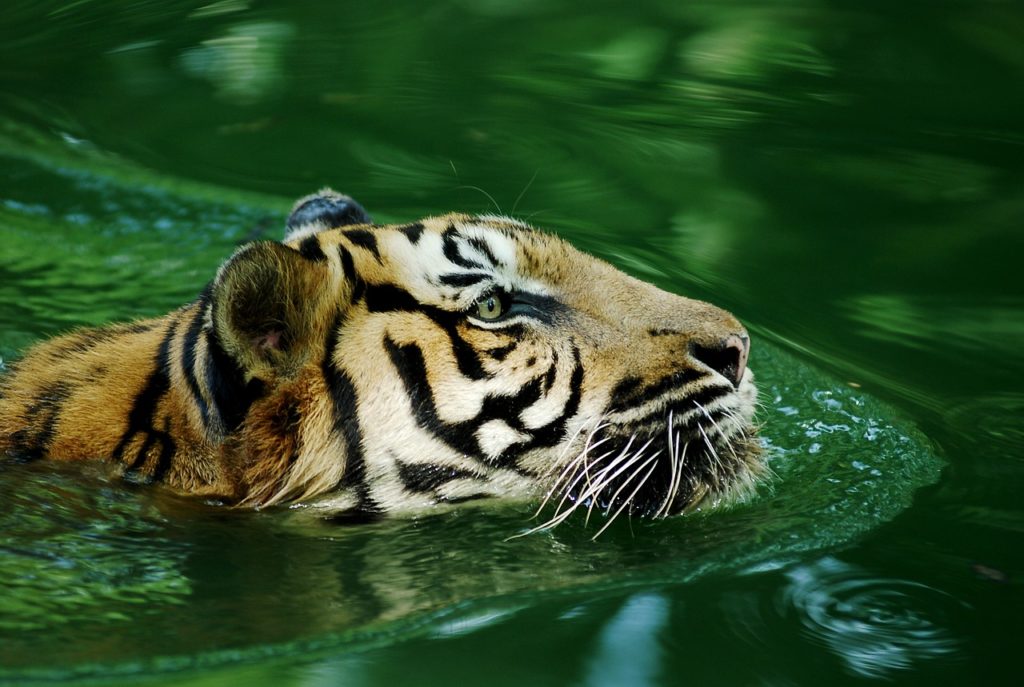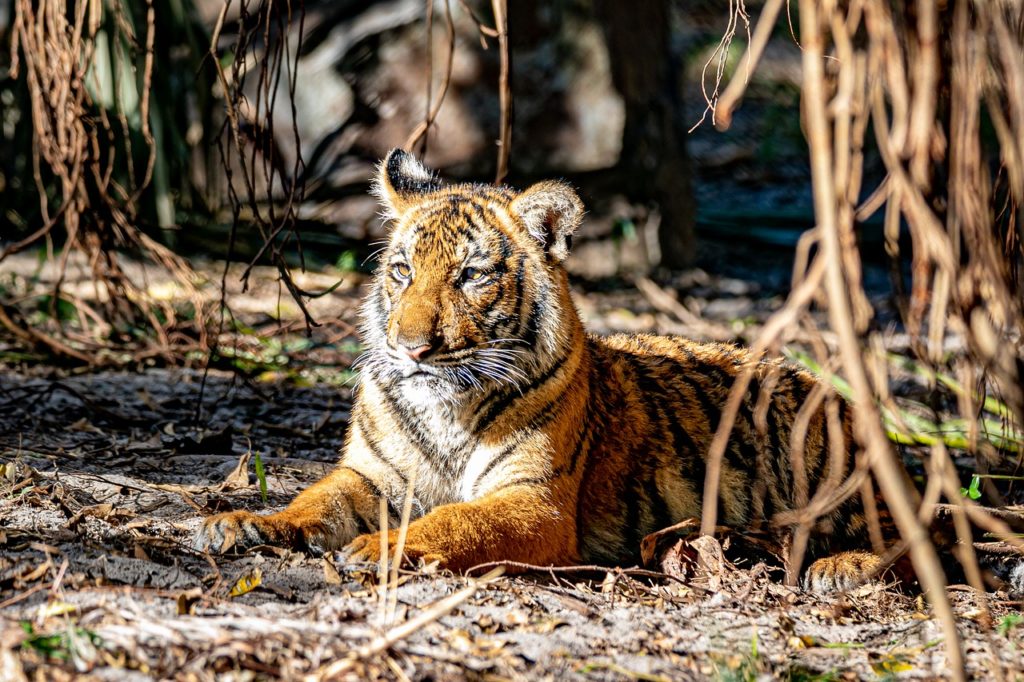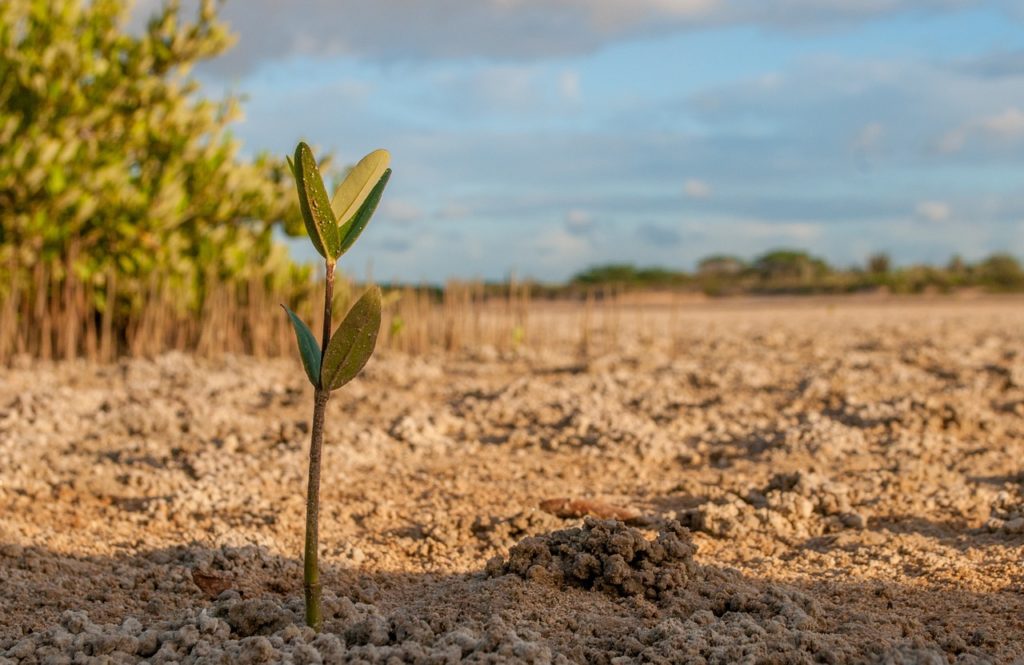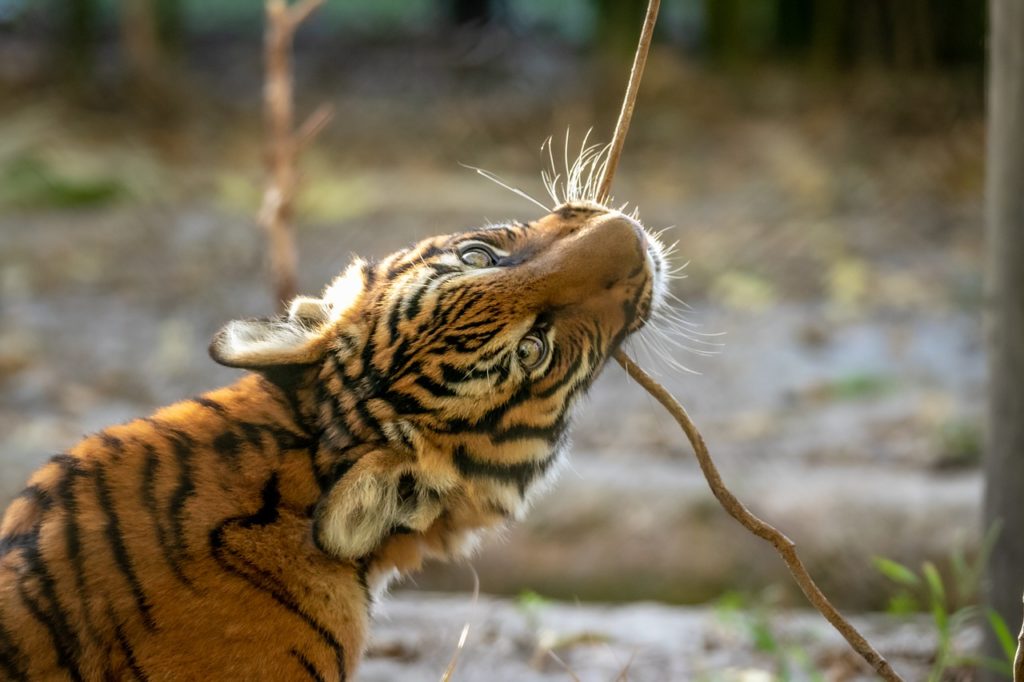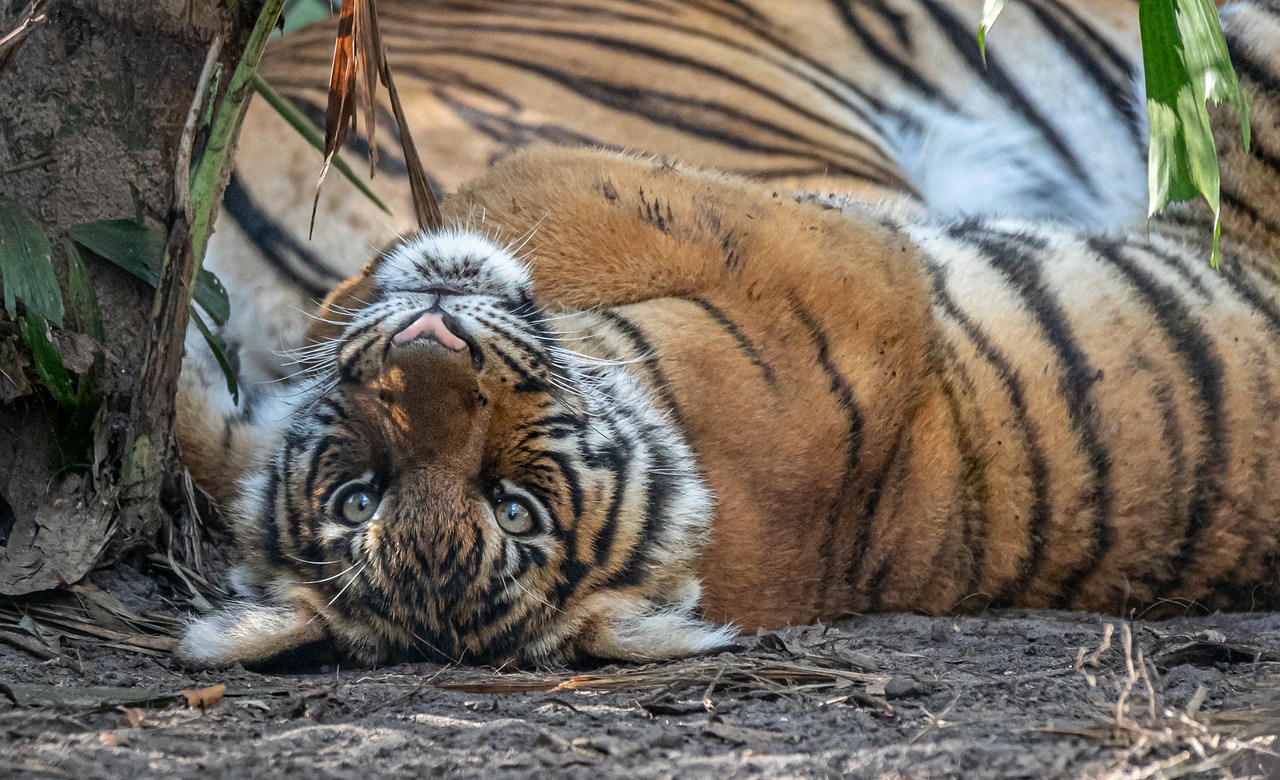
Malayan Tigers: Is it Too Late for Malaysia’s National Animal?
Malayan Tigers, also known as Panthera tigris jacksoni, are one of six subspecies of tigers and can only be found on the Malay Peninsula and in the southernmost point of Thailand. These beautiful creatures are extremely important to the people of Malaysia, serving as their national animal and featuring on the country’s coat of arms. Malaysia’s national football team even takes their nickname from the big cats, who are said to symbolise bravery and strength.
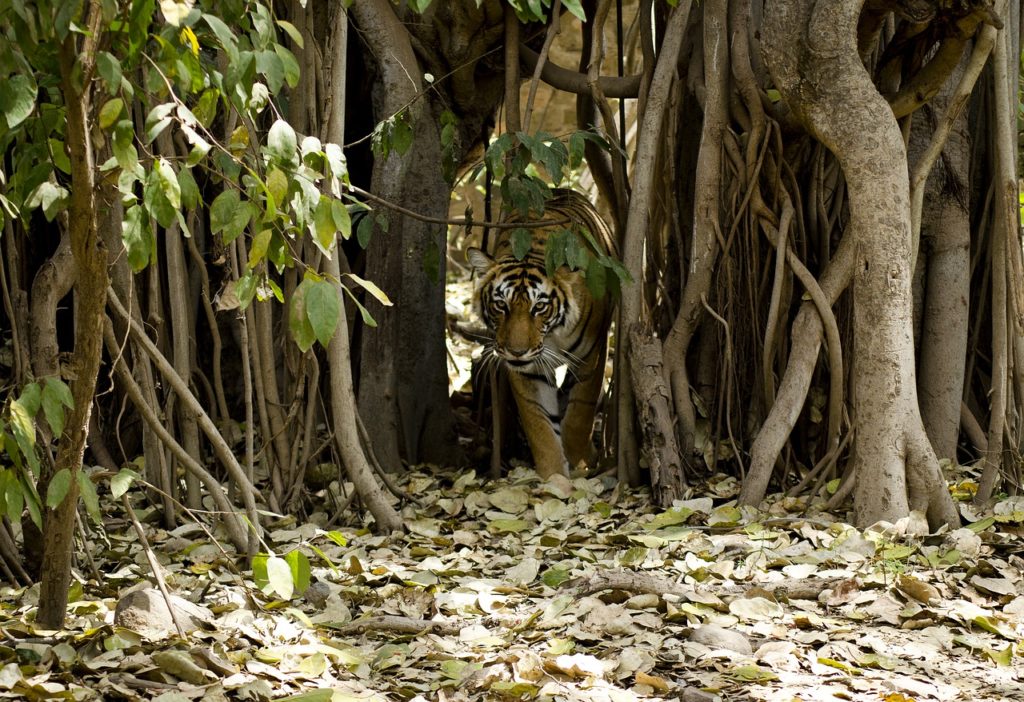
Malayan Tigers
Affectionately nicknamed ‘Pak Belang’, meaning Uncle Stripes, they are the smallest subspecies of tiger in Southeast Asia and are known for their love of swimming and playing in shallow rivers and lakes.
Their main diet consists of smaller prey and sambar deer, and as an apex predator, the Malayan Tiger serves a very important role in terms of maintaining a balanced ecosystem. By hunting prey species, they are keeping them from becoming overpopulated, preventing issues such as overgrazing, territorial conflict and the rapid spreading of diseases.
The subspecies are coloured with vibrant orange fur, broken up by thin black stripes that allow the tigers to blend into the background when sneaking up on prey. Their patterns also work as a defence mechanism, allowing them to retreat to safety without being seen.
